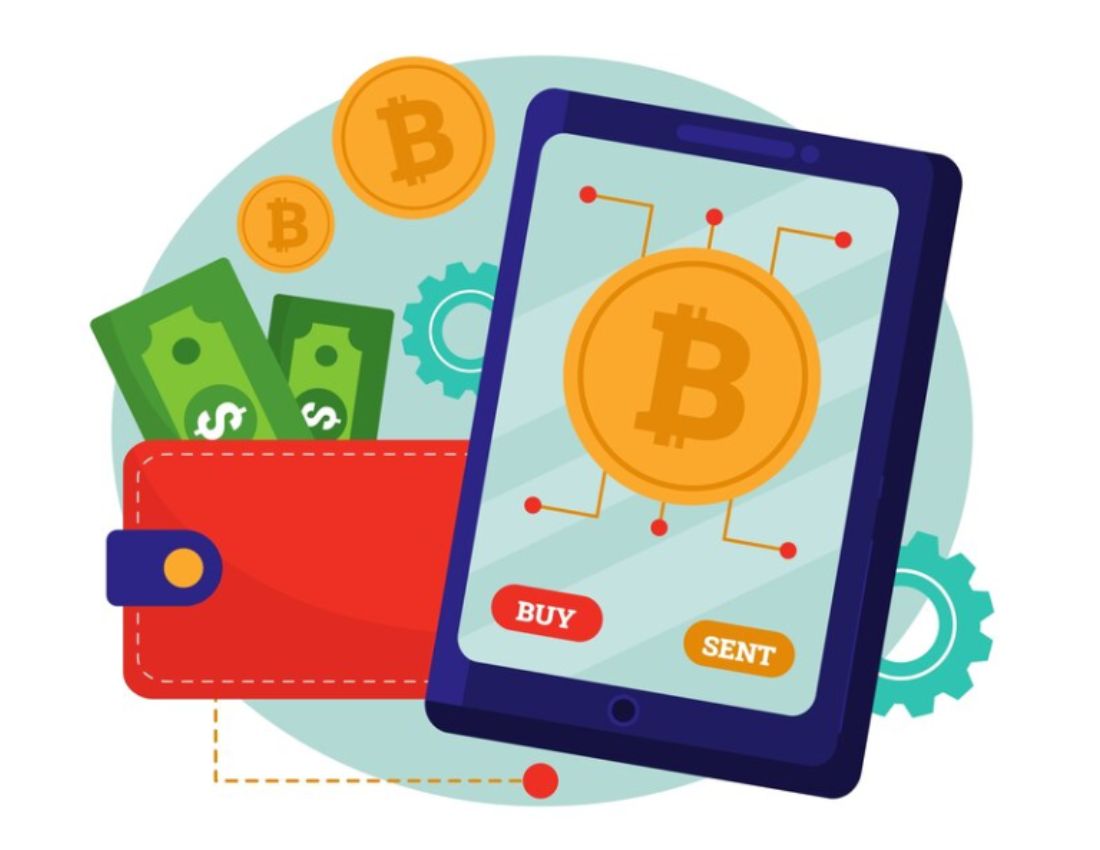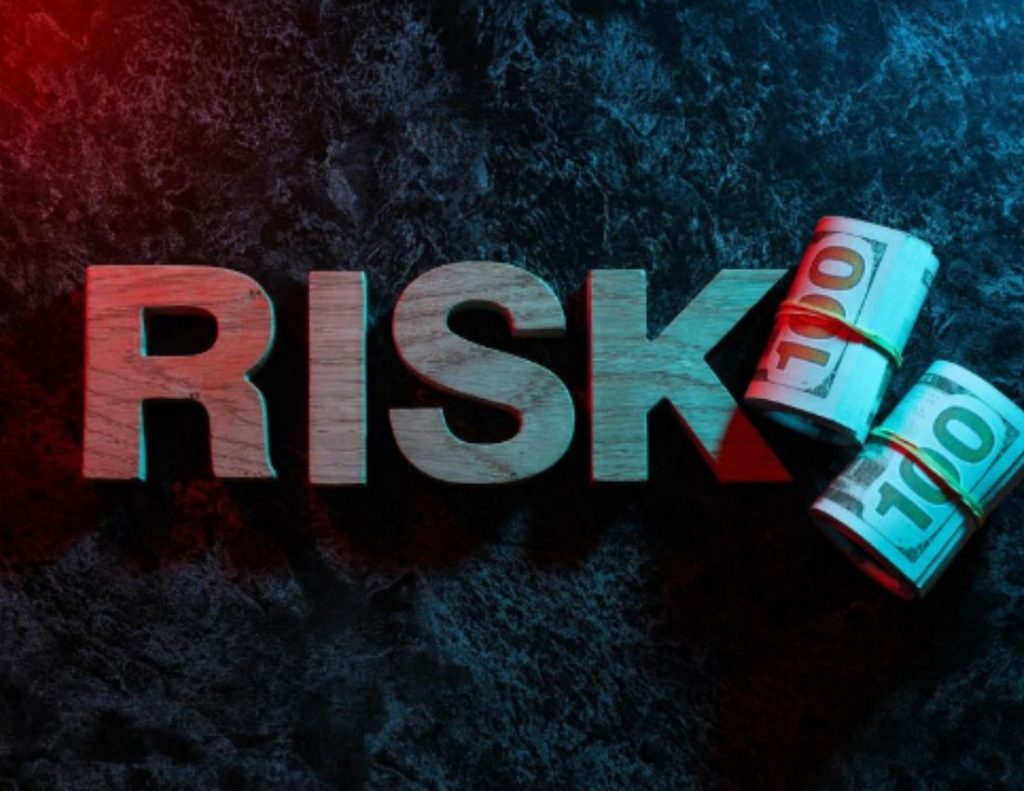
Protecting Crypto Wallet | Important Considerations & Possible Scams to be Aware Of
In the cryptocurrency world— a crypto wallet functions much like an online account for conventional currency. It basically allows you to manage your digital assets on the blockchain by storing, sending, and receiving cryptocurrencies. The core of a Cryptocurrency Wallet’s functionality is two cryptographic keys: the public key and the private key.
Most cryptocurrency thefts occur due to compromised credentials, such as stolen passwords or neglecting private key protection. All these, in the end, lead to significant vulnerabilities, exposing valuable data to malicious actors. Over $3.8 billion worth of cryptocurrency was stolen from users in 2022. So, the more you keep your sensitive information confidential, the less you risk getting trapped in potential scams.
Let’s briefly discuss cryptocurrency wallet types, key elements to consider, and top crypto scams, along with prevention tips.
Hot & Cold Wallets | Knowing Security Aspects
Cryptocurrency wallets have two major categories: Hot Wallets and Cold Wallets.
1. Hot Wallets
Hot wallets, such as software & mobile wallets, are accessible through desktop, web, or mobile applications and are connected to the internet. It offers quick and easy access advantages to your cryptocurrencies. These wallets provide strong security measures such as multi-factor authentication and encryption that protect your digital assets from scammers or hackers.
2. Cold Wallets
Unlike hot wallets, cold wallets, such as hardware and paper wallets, are offline storage solutions that keep your cryptocurrencies out of the reach of potential online threats. These wallets are great if you are looking for a long-term storage option.
Knowing the differences between these two is essential for choosing the right solution based on your security needs and usage preferences. Whether you opt for the accessibility of a hot wallet or the added security of a cold wallet, ensuring the safety of your crypto assets should be a “TOP PRIORITY.”
Key Elements to Consider For Securing Your Crypto Wallets
With numerous scam cases these days, protecting your crypto wallets against various threats and vulnerabilities is crucial. Here are some of the important considerations to follow for ensuring the security of your crypto wallets:
1. Set a Strong Password
A strong password is like a first line of defense against unauthorized access to your cryptocurrency wallet. Avoid using easily guessable passwords and combine uppercase and lowercase letters, numbers, and special characters.
2. Integrate Two-factor Authentication
By enabling two-factor authentication, you provide extra security to your crypto assets. In 2FA, not only is a password required but also a secondary verification is needed, such as an OTP code sent to your mobile device. Whenever possible, choose two-factor authentication to reduce the risk of unauthorized access significantly.
3. Build a Backup Strategy
Implement a strong backup strategy to safeguard your crypto holdings in case of unforeseen events, such as device failure or loss. Most wallets provide users with a recovery twelve-word mnemonic SEED PHRASE—a sequence of words that can be used to restore your fund’s access. Store this seed phrase securely in multiple offline locations, such as a fireproof safe or a safety deposit box, and use it in times of emergency.
4. Avoid Public Wi-Fi Use
Pubic Wi-Fi networks are more susceptible to security risks, such as man-in-the-middle attacks. So, be sure to use a secure & private internet connection like a virtual private network (VPN) wherever possible.
5. Never Share Your Private Keys
Your private keys must be kept secure and confidential. Sharing it with anyone can lead to unauthorized access and irreversible loss of your crypto assets. Keep your keys in offline storage solutions like hardware or paper wallets to minimize the risk.

Common Crypto Scams: Potential Risks and Prevention Tips
Here are some prevalent crypto scams you should be aware of and tips on safeguarding against them. Have a look at each:
“Stay cautious and guard your assets from exploitation.”
1. Phishing Scams
These scams are deceptive attempts to steal sensitive information such as crypto wallet private keys by masquerading as trustworthy entities. This scam is among the most frequent attacks targeting consumers. In 2022, over 300,000 individuals were victims of phishing scams, collectively losing $52 million to scammers.
Identifying Phishing Emails: Beware of emails that appear to be from reputable sources but ask for personal information or login details. Look for signs such as poor grammar, urgent language, and suspicious links. Always verify the sender’s email address and avoid clicking or downloading links from unknown sources.
2. Ponzi Schemes and Investment Scams
Ponzi schemes and fraudulent investment opportunities are rampant in the crypto world, promising high returns with little risk.
Too Good to Be True Offers: If an investment opportunity sounds too good to be true, it probably is “PONZI SCHEME.” Be skeptical of schemes that guarantee high returns with no risk. Conduct deep research and due diligence before investing, and seek advice from reputable financial advisors.
3. Social Engineering Attacks
It involves manipulating individuals into divulging confidential information or performing actions that compromise security.
Impersonation: Scammers impersonate trusted figures or customer support representatives to gain your trust and wallet access. Verify identities by contacting the organization directly, and never share your seed phrases or private keys with anyone.
4. Fake Apps, Websites, and Software
Malicious apps, websites, and software can compromise your cryptocurrency wallet security by stealing your information or funds.
Double Verification:
Scammers can create fake cryptocurrency trading platforms that mimic legitimate crypto services to steal your login credentials. Always check the URL for accuracy and look for HTTPS encryption.
Only download crypto wallet apps from official sources, such as the provider’s website or verified app stores. Avoid downloading apps from third-party websites or clicking on download links from unverified sources.
5. Pump and Dump Scheme
These schemes involve artificially inflating the cryptocurrency price through misleading or fraudulent promotion.
Recognizing Pump and Dump: Pump and Dump schemes often start with a coordinated effort to create hype around a specific coin or token, leading to a rapid increase in its price. Scammers then sell their holdings at the peak, causing the price to plummet and leaving new investors with significant losses. Be wary of sudden price surges and unsolicited investment advice, especially from unverified sources on social media or forums.
By considering these important points, common scams, and prevention tips, you can easily protect your digital assets and enjoy the benefits of cryptocurrency.
Wrapping Up
To protect your crypto asset against these potential risks and threats—opt for platforms like The Crypto Exchange with the safest crypto wallet availability, strong reputations, security, regulatory compliance, and transparent practices. With features like Cross-Chain Swaps, Web 3 integration, institutional-grade security, and a personalized dashboard, we have the best crypto wallet app that offers the best experience for both iOS and Android users.

